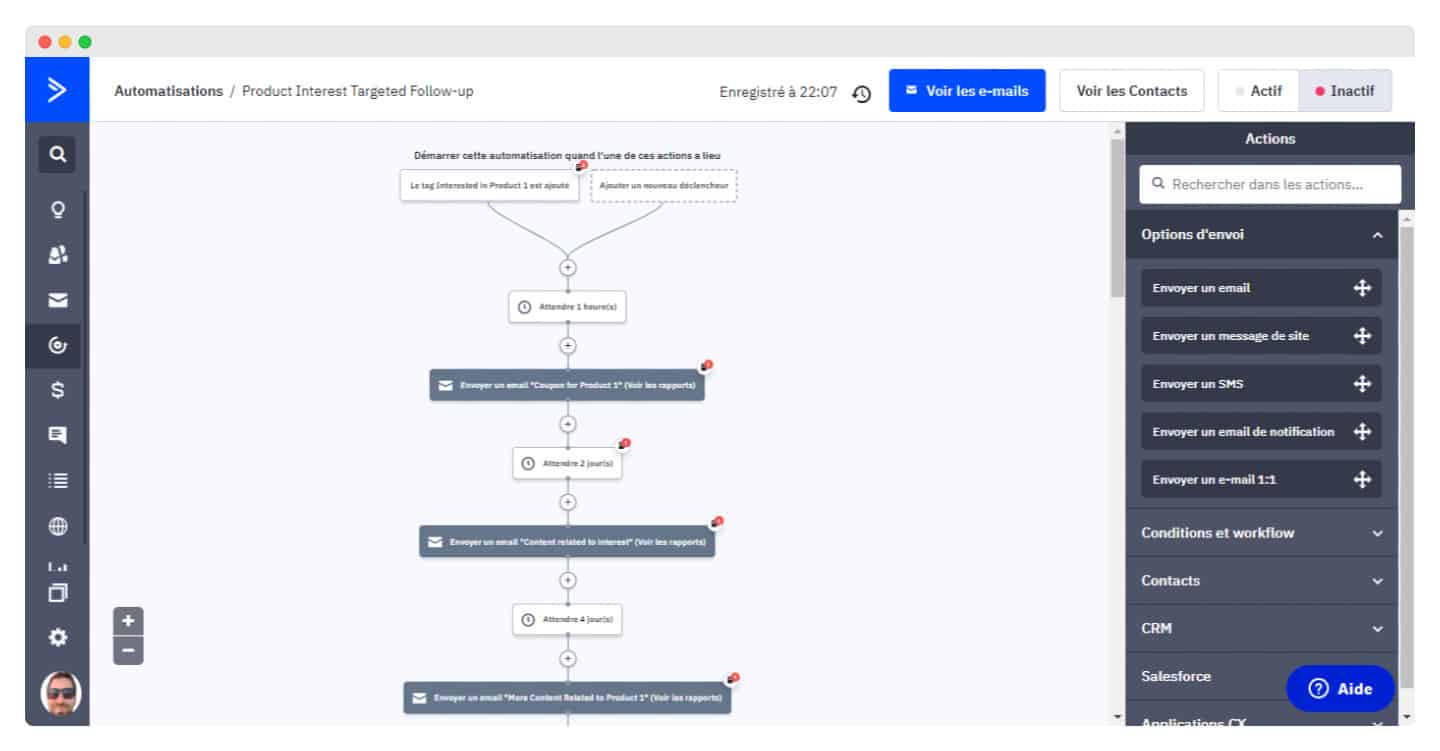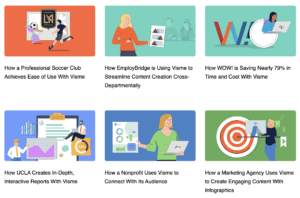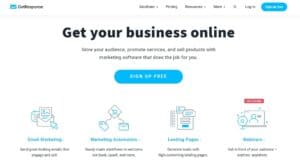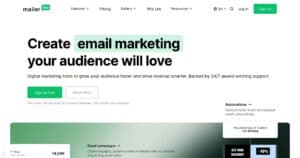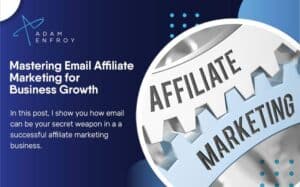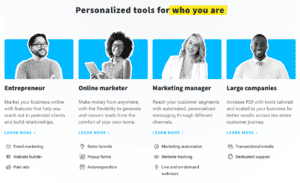Master Email Marketing with ActiveCampaign CRM
Learn how to leverage ActiveCampaign’s CRM to improve email marketing, engage audiences, and drive growth through automation and personalization.
Email marketing remains one of the most effective ways to connect with customers, nurture leads, and boost sales. With ActiveCampaign’s CRM capabilities, businesses can create targeted, personalized email campaigns that maximize engagement and conversion. This guide explores how to master email marketing with ActiveCampaign’s CRM features, whether you’re new to email marketing or looking to refine your strategy.
Why ActiveCampaign is Perfect for Email Marketing
ActiveCampaign stands out because of its robust automation, segmentation, and personalization capabilities. Unlike basic email marketing platforms, ActiveCampaign combines these features with CRM tools, enabling businesses to manage customer relationships and marketing efforts from a single platform. This integration allows you to build deeper connections with customers and create more effective campaigns.
Key ActiveCampaign Features for Email Marketing
1. Automated Email Campaigns
- What It Does: Automates email sequences that send based on specific triggers, such as sign-ups or purchases.
- Why It’s Useful: Automated email campaigns help maintain consistent engagement with leads and customers, increasing chances of conversion.
- Example: A welcome series can introduce new subscribers to your brand, sharing value-added content and guiding them towards their first purchase.
2. Advanced Segmentation
- What It Does: Allows you to group contacts based on behaviors, demographics, or interests for highly targeted campaigns.
- Why It’s Useful: Segmentation ensures that your emails are relevant to each audience segment, leading to higher open and click-through rates.
- Example: Segment users by interests or purchase history to send product recommendations that resonate with them.
3. Conditional Content for Personalization
- What It Does: Dynamically adjusts email content based on the recipient’s profile or actions.
- Why It’s Useful: Personalized emails increase engagement by showing each recipient content that is relevant to them.
- Example: If a customer frequently browses a specific product category, include products from that category in your emails.
4. A/B Testing
- What It Does: Allows users to test different subject lines, content, or call-to-actions to determine what resonates most with their audience.
- Why It’s Useful: A/B testing helps you refine your email campaigns, improving open rates, click-throughs, and overall campaign performance.
- Example: Test two different subject lines to see which results in higher open rates, helping you optimize future campaigns.
5. Lead Scoring
- What It Does: Assigns scores to leads based on engagement, helping prioritize high-interest contacts for follow-up.
- Why It’s Useful: Lead scoring enables you to focus on those contacts who show the most interest, increasing your chances of converting them.
- Example: If a lead frequently opens your emails and clicks on links, assign a higher score, indicating they’re ready for direct outreach.
6. Automated Drip Campaigns
- What It Does: A drip campaign is a series of emails sent over time, guiding subscribers through a journey based on their actions.
- Why It’s Useful: Drip campaigns nurture leads gradually, increasing the likelihood of converting them over time.
- Example: Create a series of educational emails that provide value to leads, eventually leading them to a paid service.
7. Behavior Tracking and Insights
- What It Does: Tracks user behavior, such as email opens, link clicks, and time spent on site, for deeper audience insights.
- Why It’s Useful: Behavior tracking provides data that can inform future campaigns and segmentation efforts.
- Example: Identify contacts who consistently engage with specific types of content, allowing you to tailor campaigns to their preferences.
Steps to Create Effective Email Campaigns with ActiveCampaign
Step 1: Define Your Email Marketing Goals
- Start by setting specific goals for each campaign. Common goals include increasing product awareness, driving traffic, or converting leads to customers.
Step 2: Segment Your Audience
- Use ActiveCampaign’s segmentation tools to categorize contacts based on their interests, behavior, or demographics. Segmentation ensures each email is relevant to its audience, improving engagement rates.
Step 3: Build a Drip Campaign
- Set up a drip campaign to nurture leads or onboard new customers. Include value-driven content that educates and engages, gradually leading them toward a conversion.
Step 4: Personalize Content with Dynamic Fields
- Utilize dynamic content features to personalize each email. This could be as simple as using the recipient’s name or as complex as changing content based on browsing history.
Step 5: Test and Optimize
- Use A/B testing to experiment with subject lines, images, and calls to action. Track which variations perform best, and apply these insights to future campaigns.
Best Practices for ActiveCampaign Email Marketing
Use Clear CTAs
- Ensure that every email has a clear call to action, guiding recipients toward the desired next step, whether it’s visiting a webpage, purchasing a product, or scheduling a call.
Keep Content Relevant
- Use segmentation and personalization to keep emails relevant to each contact’s interests and behavior. Relevant content increases engagement and reduces unsubscribe rates.
Analyze Performance Regularly
- Review email performance metrics, such as open rates, click-throughs, and conversions, to see what resonates with your audience. Regular analysis allows you to refine your strategy for better results.
Send Consistent Updates
- Maintaining consistent communication, such as monthly newsletters or weekly product highlights, keeps your brand top-of-mind for customers.
Conclusion
With ActiveCampaign’s CRM and email marketing features, businesses can engage audiences, nurture leads, and drive growth with personalized, automated campaigns. From segmentation to behavior tracking, these tools help businesses maximize their email marketing potential, ensuring every message has impact.
FAQs
What is email automation in ActiveCampaign?
Email automation in ActiveCampaign involves setting up workflows that send emails based on user actions, such as sign-ups or purchases, allowing for personalized engagement.
Can I personalize emails in ActiveCampaign?
Yes, ActiveCampaign’s dynamic content and personalization features make it easy to create tailored emails for each recipient.
How does A/B testing work in ActiveCampaign?
A/B testing allows you to compare variations of an email, such as subject lines or content, to determine which performs better for engagement and conversions.
Is lead scoring available in ActiveCampaign?
Yes, lead scoring helps prioritize contacts based on their engagement, allowing you to focus on high-potential leads.
Can I use ActiveCampaign for drip campaigns?
Yes, ActiveCampaign supports drip campaigns, which send a series of emails over time to guide leads toward a conversion.
Top Tools to Simplify and Scale Your Business
- ActiveCampaign: A powerful CRM and email marketing platform that automates and personalizes campaigns.
- Drip: Focuses on email marketing for eCommerce, offering behavior-based automation.
- ConvertKit: Simple and effective email marketing for creators and bloggers.
- HubSpot: Comprehensive CRM with email marketing and automation capabilities.
- MailerLite: Cost-effective email marketing tool with segmentation and automation features.
Keywords: ActiveCampaign email marketing, CRM for email, email automation, lead scoring, drip campaigns, personalized email, dynamic content, A/B testing, audience segmentation

